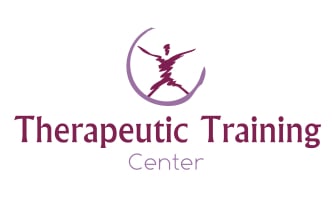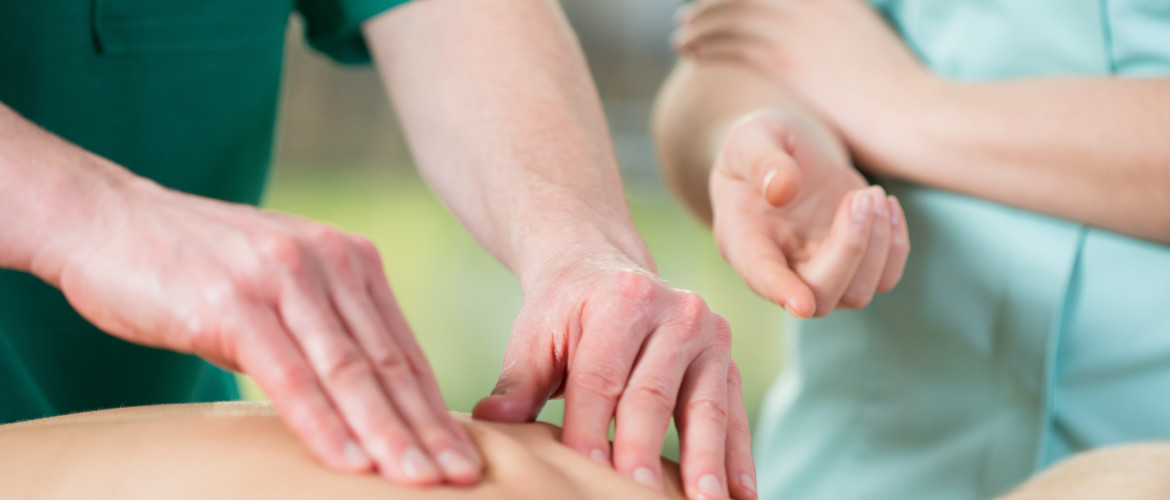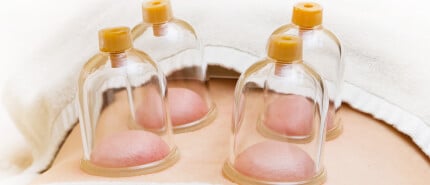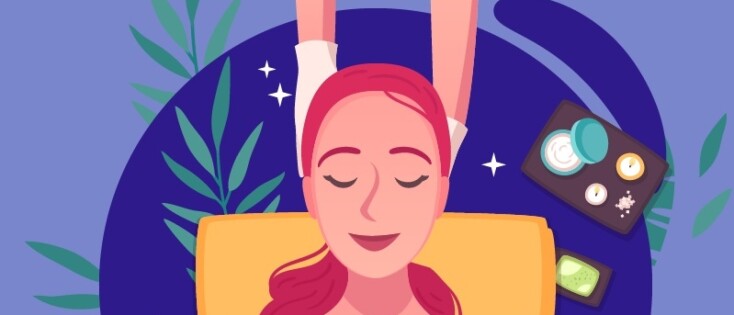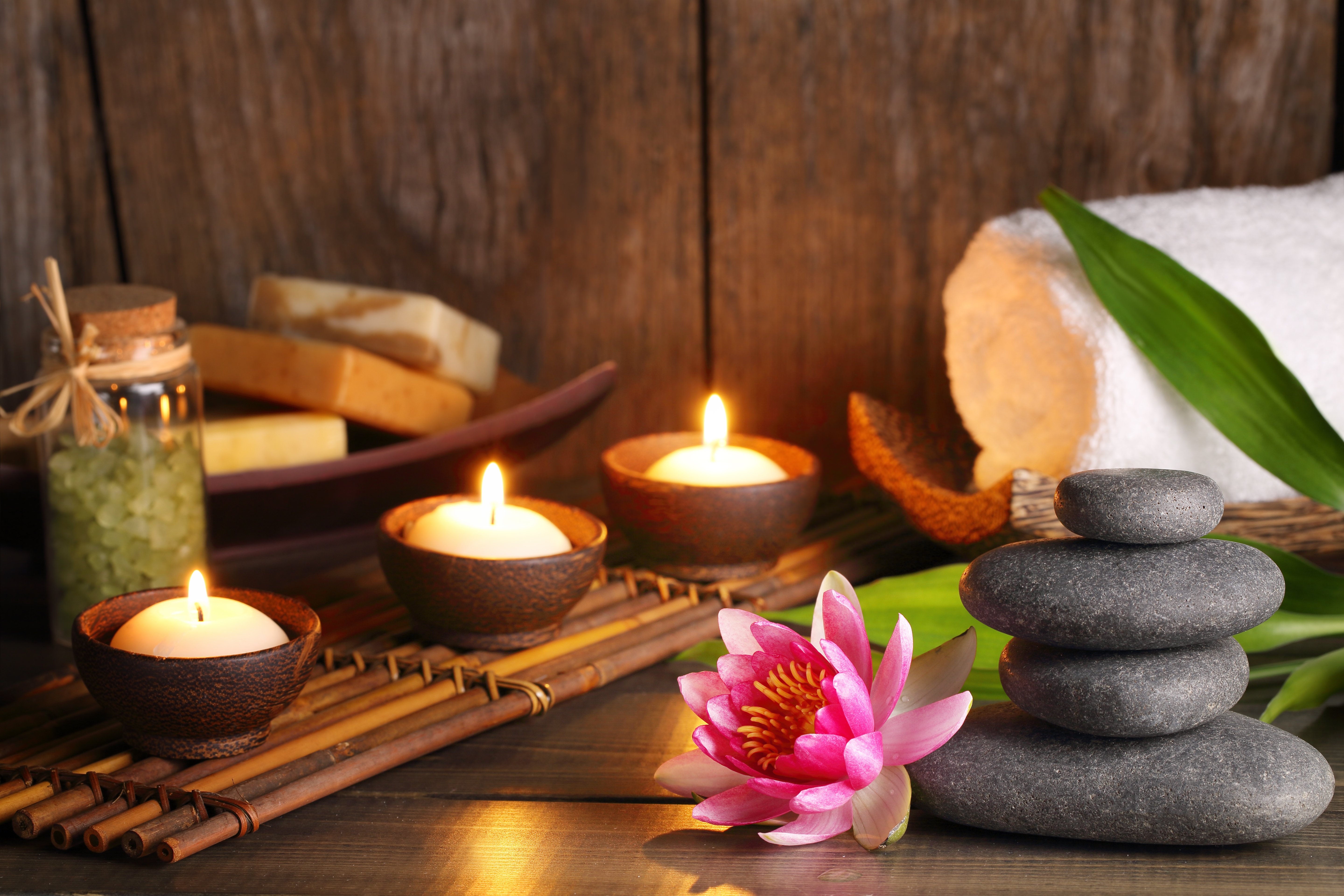Complementary therapy course Complementary medicine or alternative medicine.
This treatment includes all therapies, medicines and diagnostic procedures for which no generally accepted scientific evidence of medical effectiveness has been provided.
Usually these types of medicine are not taught at medical faculties or officially recognized paramedical courses. These treatments are also practiced by non-doctors.
In addition to healing or treating a disease, they can also aim for personal growth and relaxation.
Massages are complementary, just like acupressure and reflexology.
Foot reflexology is often used after chemotherapy. Chemotherapy can cause tingling fingers and toes as a side effect, a firm foot reflexology treatment can improve these complains.

Massages have a detoxifying effect and the energy will flow again. A good massage or foot reflex will therefore have a preventive effect on health.
We offer online complementary therapy courses, suitable for beginners to practitioners.
Cupping massage: complementary therapy course
Massage is a Holistic therapy, whereby the body and mind are balanced.
The chi or qi (Chinese for life energy) will flow through the entire body without blockages.
By applying a cupping massage, toxins will be removed. The blood flow is stimulated because the cups drain the blood upwards. In China, the old method (which is still applied) was used by briefly holding a flame in a half glass ball or ceramic cup and placing the cup on the skin, due to the lack of oxygen in the ball, a vacuum is created and the skin is sucked up.
Originally, hollowed animal horns were used to suck out poisonous substances, such as snake bites. Later, the horns were exchanged for bamboo cups, which were eventually replaced by glass cups. The oldest writings which show us the use of cupping come from the famous naturopath Ge Hong (281 to 341 AD).
Cupping therapy was used by the Egyptians already 1500 years before Christ. Hieroglyphic translations show us its detailed use for conditions such as fever, pain, dizziness, menstrual imbalances, loss of appetite and for speeding up the healing process.
The knowledge of the Egyptians was passed on to the ancient Greeks, where Hippocrates, the father of modern medicine, recommended the use of cups for a variety of ailments.
In the 19th century, after a collaboration between the former Soviet Union and China, the clinical effect of cupping was revealed.
Since then it has become part of Traditional Chinese Medicine.
From the 18th century onward, European and American doctors widely used cupping therapy in their practice to treat colds and respiratory infections. Later, the use was heavily criticized and discredited. The new medical model indicated that a disease or condition had to be treated from the inside. Since cupping is a surface treatment, it was in violation of the new medical guidelines and was classified as an alternative healing method
